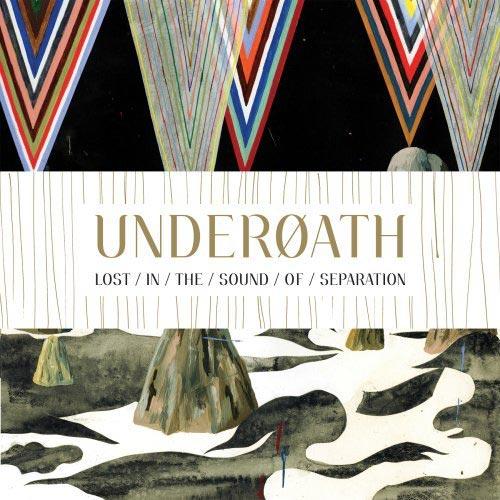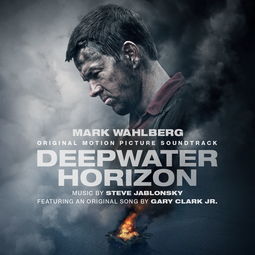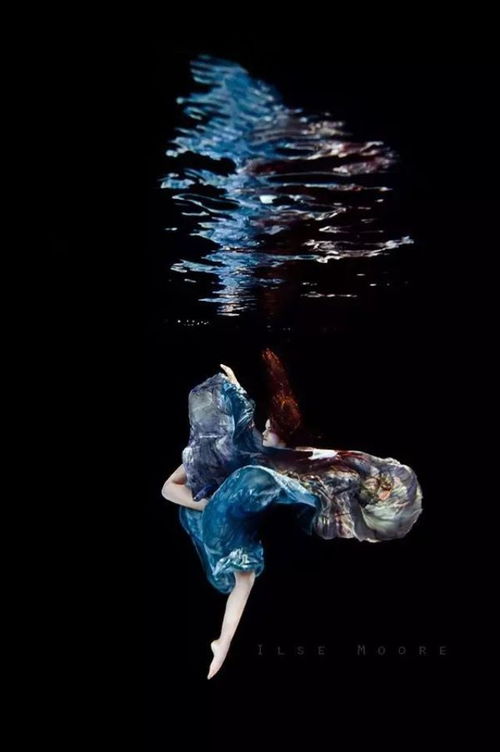Creating an Ideal Fish Pond: Tips and Techniques for Anglers

Fishing is an ancient pastime that has been cherished by generations. Whether you're a seasoned angler or a beginner looking to get started, one of the most rewarding aspects of fishing is the creation of your own fish pond. A well-maintained pond not only provides a serene environment for relaxation but also serves as a thriving habitat for a variety of fish species. In this article, we'll delve into the art of fishing and share some essential tips and techniques for creating the perfect fish pond.
Choosing the Right Location
The first step in creating a fish pond is selecting the right location. Consider the following factors:
- Sunlight: Fish ponds require a good amount of sunlight to support plant growth and maintain water temperature. Choose a spot that receives at least 6-8 hours of direct sunlight per day.
- Accessibility: Ensure that the pond is easily accessible for maintenance and fishing activities.
- Drainage: The area should have good drainage to prevent waterlogging and ensure the pond remains in good condition.
- Proximity to Water Source: If you plan to use a natural water source, such as a stream or river, ensure it's nearby for easy water replenishment.
Designing the Pond
Once you've chosen the location, it's time to design your pond. Here are some key considerations:
- Size: The size of your pond will depend on the space available and the number of fish you plan to keep. A general rule of thumb is to allocate about 100 gallons of water per fish.
- Shape: A natural, irregular shape is often more visually appealing and provides more space for fish to swim. Avoid sharp corners, as they can be difficult to maintain.
- Depth: The depth of the pond should vary, with a shallow end (about 1-2 feet) for fish to spawn and a deeper end (about 4-6 feet) for cooler water during hot weather.
- Filtering System: A good filtering system is essential for maintaining water quality. Consider a biological filter, which uses beneficial bacteria to break down waste products.
Selecting Fish Species
Choosing the right fish species for your pond is crucial for its health and success. Here are some popular options:
- Goldfish: These hardy fish are great for beginners and come in a variety of colors and patterns.
- Koi: Koi are known for their vibrant colors and are highly sought after for their beauty. They require more maintenance than goldfish but are well worth the effort.
- Catfish: Catfish are bottom feeders and can help keep the pond clean by consuming algae and dead plant matter.
- Sunfish: Sunfish are a good choice for beginners, as they are hardy and can tolerate a range of water conditions.
Maintaining the Pond
Once your pond is established, regular maintenance is essential to keep it healthy and thriving. Here are some tips:
- Water Quality: Test the water regularly for pH, ammonia, nitrite, and nitrate levels. Adjust the water chemistry as needed to maintain optimal conditions for your fish.
- Aeration: Ensure your pond has adequate aeration to prevent oxygen depletion. This can be achieved through aeration systems or by adding plants that provide oxygen through photosynthesis.
- Planting: Aquatic plants not only enhance the beauty of your pond but also help improve water quality by absorbing nutrients and providing a habitat for beneficial bacteria.
- Pond Cleanliness: Remove excess debris, such as leaves and twigs, from the pond regularly to prevent algae growth and maintain water clarity.
Fishing Techniques
Now that you have your perfect fish pond, it's time to learn some fishing techniques to catch the fish you've nurtured:
- Tackle Selection: Choose the right rod, reel, and line for the fish species you're targeting. For example, goldfish may require lighter tackle, while larger fish like koi or catfish will need heavier gear.
- Bait and Lures: Use bait that is naturally found in the pond, such as insects or worms, or opt for artificial lures that mimic the fish's natural prey.
- Patience: Fishing requires patience and persistence. Wait for the fish to bite and don't be discouraged if you don't catch anything right away.
- Safety: Always prioritize safety when fishing. Wear appropriate attire, use safety gear, and be aware of your surroundings.
In conclusion, creating an ideal fish pond is a rewarding endeavor that combines the joy of fishing with the satisfaction of nurturing a thriving ecosystem. By following these tips and techniques, you'll be well on your way to becoming a master angler and pond owner. Happy fishing!












